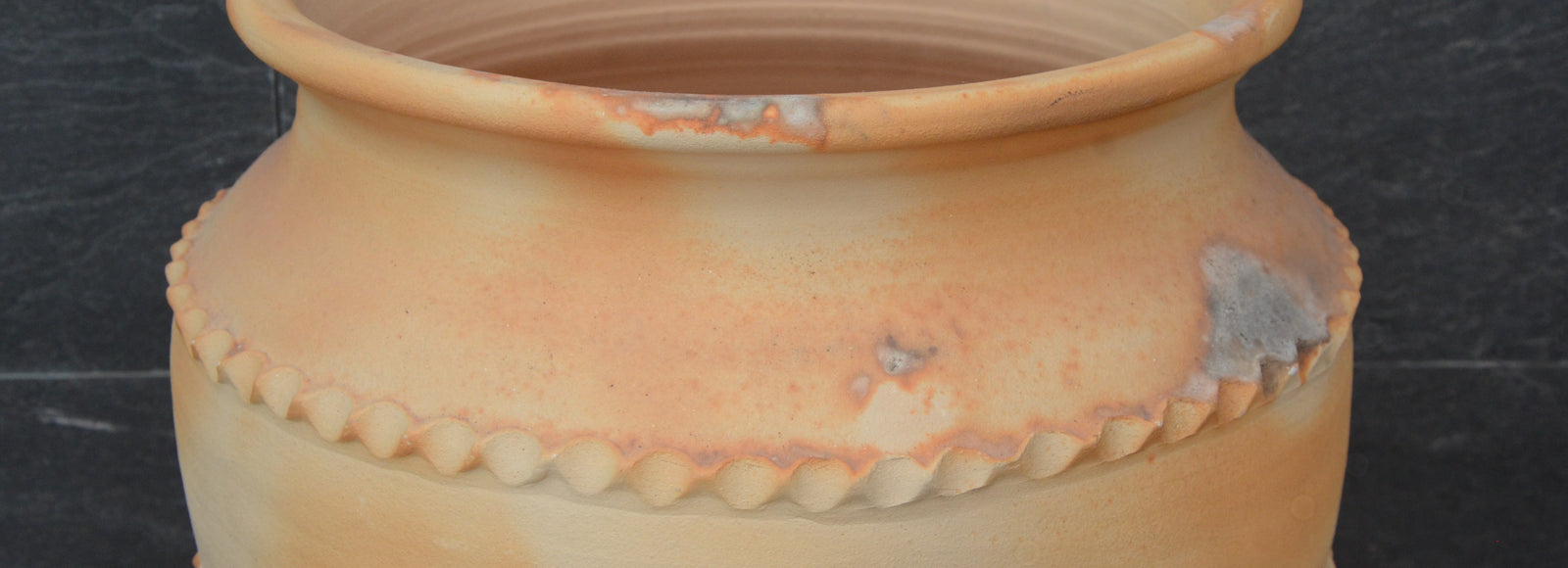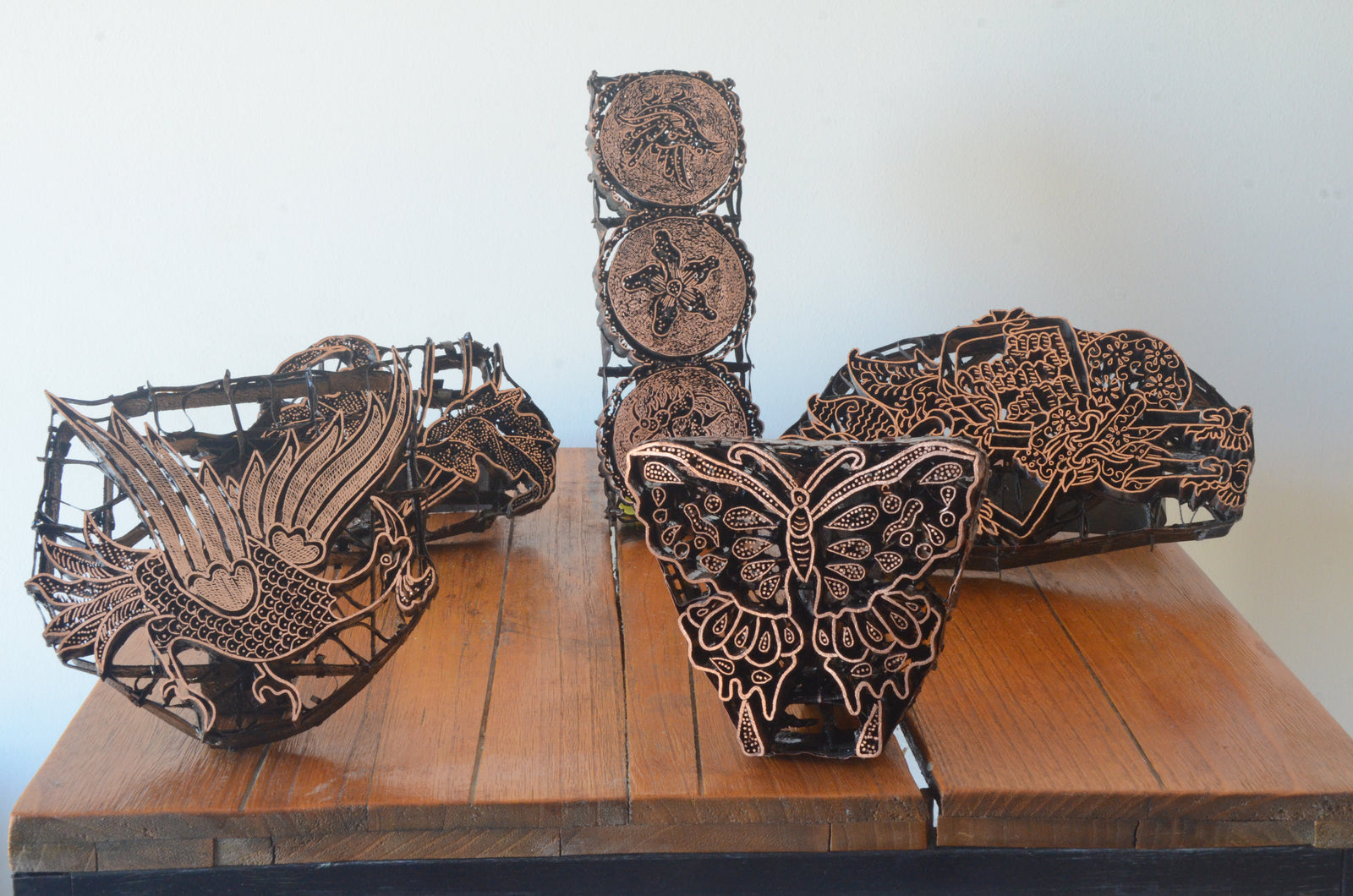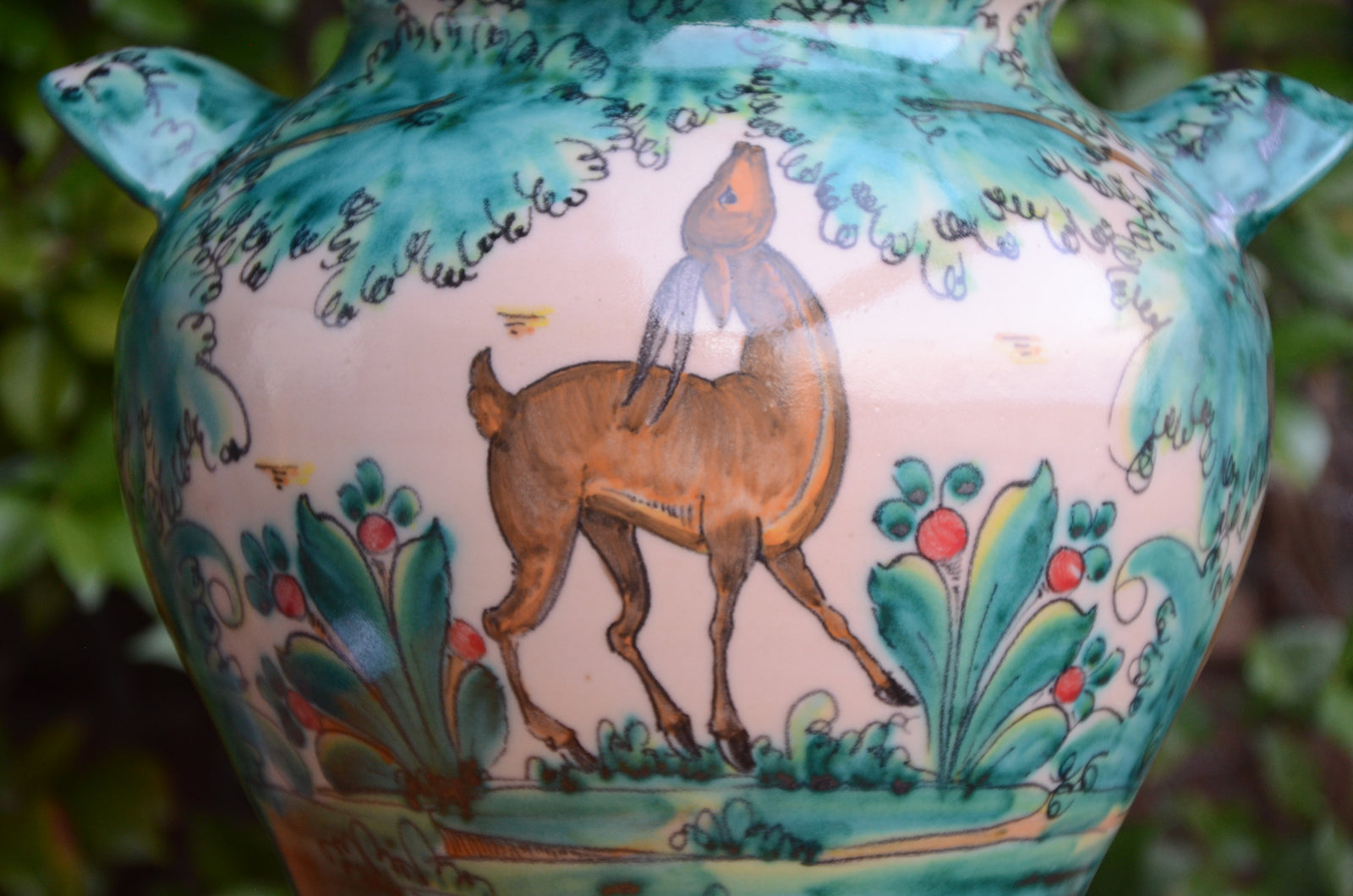
The small village of Moveros is placed in the Aliste county, west of Zamora province in Spain. It is one of the latest Spanish villages before arriving to the Portugal frontier. Moveros pottery, used to be a water only pottery, without vitrification, and the pieces were used to liquid transport. Moveros pottery, as well as in other villages in the province was a women matter, traditionally called “cacharreras”, and them were in charge of clay modelling primarily. Nevertheless the artisan tradition in Moveros can’t be understood without the participation of women and men in a complementary manner, because men were in charge of clay production and transport, maintaining in this way the delicate subsistence familiar economy.
In 1850, the pottery was the main industry of the village. In 1958 there were twenty five potteries censed, remaining only ten in 1973. At the end of the XX century and the beginning of the XXI, the pottery activity was reduced to a couple of families, the two brother of the potter woman Carmen Prieto Pino. The same happened in all the villages around: all the potteries have disappeared with the exception of those of Pereruela.
In the traditional workflow process, the mud was drained from places around like the one called “El Barrero”. Once in the village it was extended over a large flat stone called “Peña el Caño” to be aired. Elderly, a wood mallet called “mayadero” was used to triturate it, and after it was filtered to separate the small grain. This process was generally performed by the men in the families. Once curated, the mud was kneaded to make the balls or “pellas” that after were shaped in the lathe or “torno”, which in the case of Moveros was a specific type called “rueda de cruces”.
The artisan woman used to work on her knees and crouch, sitting down on their heels, moving the lathe with the left hand. It was usual to place a base of slate stone called “galga” over the wheel of the lathe, which used to be the basement for the piece in work. Finally the piece was aired on open air and once dried, they were cooked on rustic ovens made of stone and adobe.
Right now the process is a bit more simple because the lathe use to be electric and the oven is fed with gas. But still in Moveros, wood is burnt within the oven to get the original finishing from the zone: some parts of the piece are darker than others due to the different temperatures in the oven, and also there are different golden tones on the beautiful and sparkling surface.
These features can’t be controlled and doesn’t depend of the artisan, there are no two pieces which are equal, showing different patterns in every case. The surface of the pieces are quite flat, with the only adorn of a cord around the piece which is crushed by the artisan finger, which gives the piece a unique atavistic looking.
The golden tones of the clay and the classical elegance of the pieces makes Moveros one of the most appreciated potteries in Spain.
Comments will be approved before showing up.

